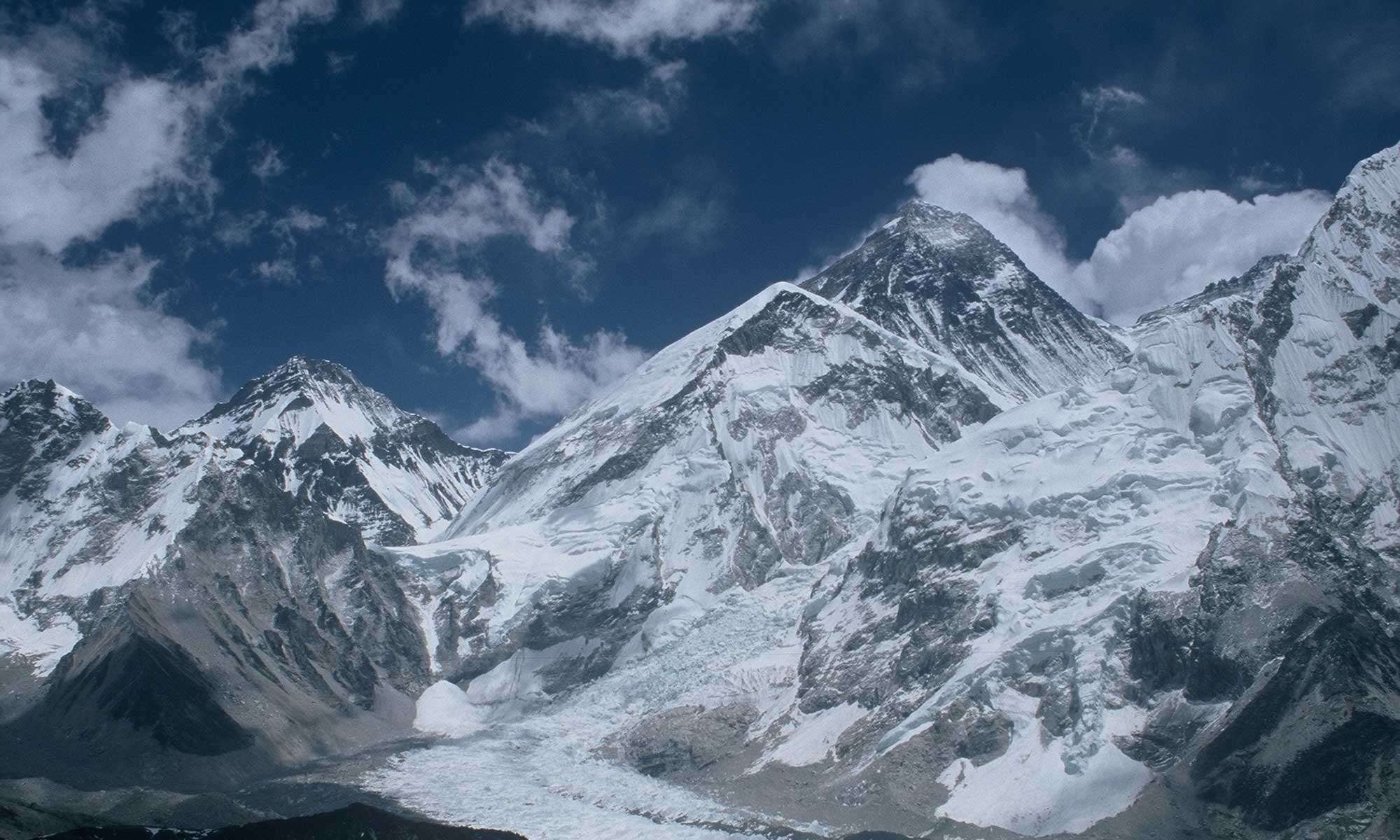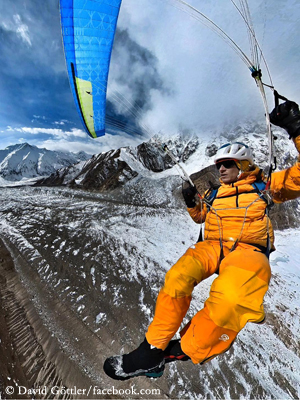The “naked mountain” – that’s Nanga Parbat translated – is still naked as far as successful winter ascents via the southeast-facing Rupal flank, the highest mountain wall in the world, are concerned. The only two winter summit successes so far on the 8,125-meter-high mountain in Pakistan have been via the northwest side, the Diamir flank: the first winter ascent in 2016 by Spaniard Alex Txikon, Italian Simone Moro and Pakistani Muhammad Ali “Sadpara” (South Tyrolean Tamara Lunger turned back 70 meters below the summit) and the second one by Frenchwoman Elisabeth Revol and Pole Tomek Mackiewicz (who died on the descent) in 2018.
This winter, top German climber David Göttler (43 years old) and Italian Hervé Barmasse (44) plan to climb Nanga Parbat via the Rupal side – in clean style, without fixed ropes and bottled oxygen. The American Mike Arnold (34), who accompanied the two to Pakistan, will “as planned soon travel back towards home,” as David writes me from the base camp at 3,500 meters. “Only Hervé and I will attempt the mountain.”
David has been on this side of Nanga Parbat in winter before: in 2014, he made it to the Mazeno Ridge at 7,200 meters on the so-called “Schell Route” (named after Austrian Hanns Schell, who climbed there in 1976) before turning back due to bad weather. In spring 2017, Göttler and Barmasse climbed together in Tibet through the South Face of the eight-thousander Shishapangma – up to five meters below the summit.
David, how does it feel for you to be back on Nanga Parbat – eight years after your first winter attempt?
It’s like meeting a friend again after a long time. A lot has changed, but on the other hand it feels familiar and good. I’ve always had the plan to come back since we were here last time, so I’m really happy to be back now.
Last spring you were with Kilian Jornet at Mount Everest, where more people had gathered than ever before in one season. Now you are a single small team on Nanga Parbat. Do you enjoy the solitude twice as much now?
I am often asked this question. And although it may come as a surprise, I enjoy both types of expeditions. On Everest, I enjoy meeting friends that I only see there. Here, I enjoy the solitude. They are two very different types of mountaineering. But both have their charm for me.
What are your first impressions of the conditions on the mountain?
As always, it is very dry here and the conditions are not very easy. But we hope that this will change. Let’s see.
How much time do you take for acclimatization?
You can only wait here until the appropriate weather windows open, in which you can make the ascents for acclimatization. There is no fixed time window for the time being.

Have you already decided on an ascent route?
Most likely it will be the Schell route. But also for that we will leave all options open. The good thing about being en route in such an easy style as we are is that you can change destinations more quickly.
You’re climbing without bottled oxygen, so speed is also important. Did you train specifically for that beforehand?
I think my training over the last few years has been geared towards such an undertaking – the same training with Uphill Athlete (training program developed by US climbers Steve House and Scott Johnson) as for Everest or Shishapangma.
The Rupal face is already extremely demanding even at higher temperatures in summer. How big do you think your chances are in winter?
Very low, to be honest, but higher than zero as long as we are here and try.
From what do you draw the necessary optimism, without which such a project is not possible?
I think we have all the qualifications to succeed if everything fits: As a team, we have the necessary years of experience, have been here before, have been on other eight-thousanders. And the good thing here is that the base camp is so low that you don’t lose so much substance. We can keep fit and do quite a bit on the mountains around base camp even with only half a good weather day. So I could already make some really nice flights with my light paraglider.
How much time and how many attempts at maximum have you planned?
We haven’t decided on that yet.





One Reply to “David Göttler on Nanga Parbat: “Probably via the Schell route””
Comments are closed.